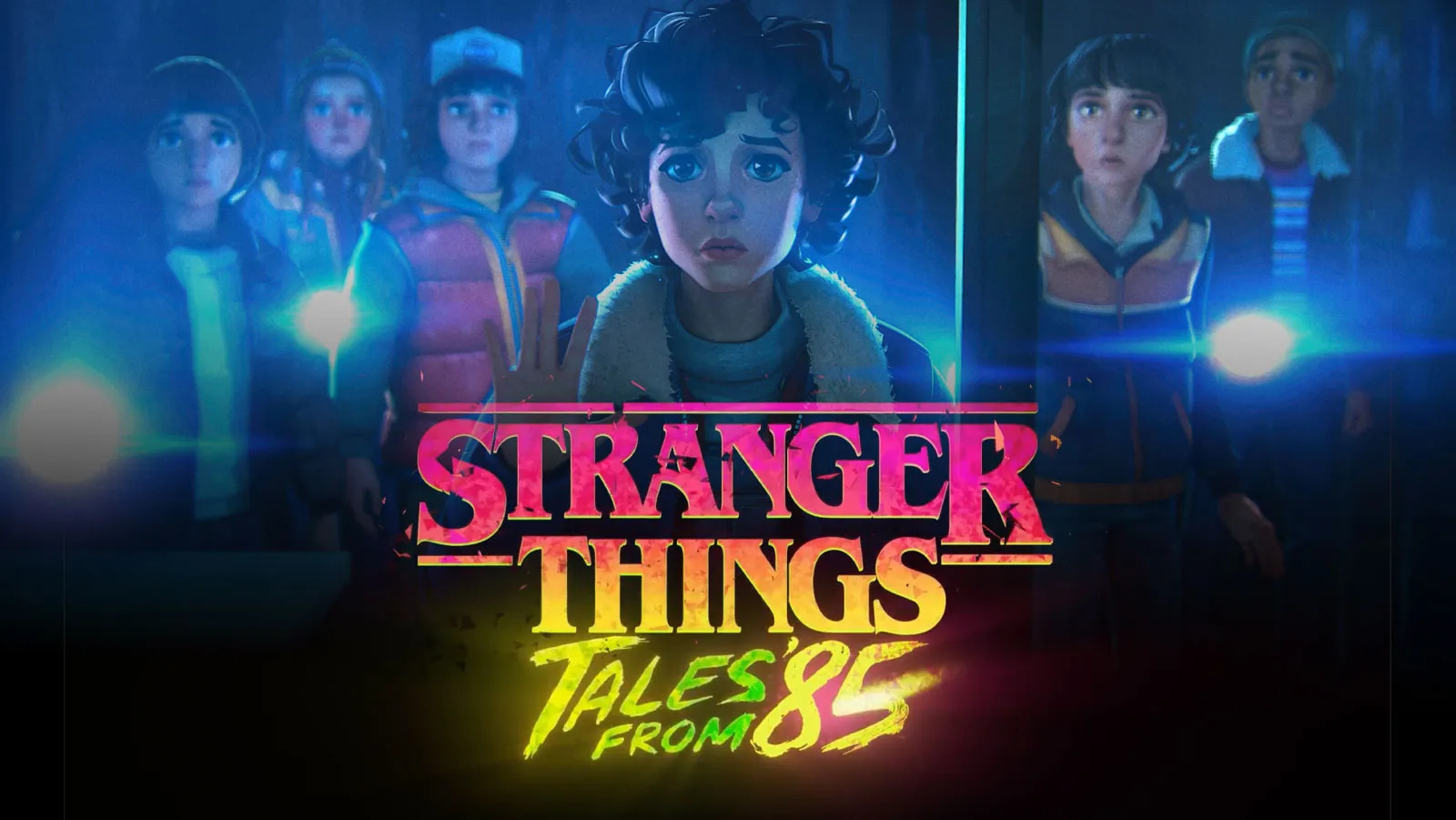Improve your eBay store today!
Whether you’re a seasoned seller or a self-starter, eBay guru Mark Buckingham of Netseek leads the way
This article first appeared in issue 225 of .net magazine – the world's best-selling magazine for web designers and developers.
eBay has undergone a quiet revolution since my first feature about it for .net in 2007. Today eBay is a retail-savvy sales channel, its inventory replete with fixed price listings, with household superbrands jostling for attention next to smaller merchants, alongside a loyal legion of casual sellers keeping its auction origins alive and well.
The site offers potentially huge rewards. But as any decent seller will attest, there’s much more to building your eBay empire than a casual list-’em and sell-’em approach. The transparency and nature of the marketplace requires smarts to avoid potential pitfalls, and it takes time to sharpen your skills if you want to truly prosper beyond the margins.
Do it right and you tap into a huge market. On the UK site, there are around 40million live listings and 17m unique visitors per month. There are over 180,000 registered businesses and at least 100 well-known brands and retailers use eBay.co.uk to reach the UK’s largest online shopping audience – a figure rising weekly. As eBay’s retail director UK, Angus McCarey recently said: “Online SMEs are growing faster on eBay, with millionaire businesses developing at three times the rate of Germany.”
One such success story is Northampton-based Bodypower Sports Plc, the UK’s largest supplier of specialist fitness equipment, with a turnover of over £22million. Despite eight showrooms, including the largest in Europe, a popular website and a sizeable Amazon presence, eBay has become an increasingly important revenue stream. “We started on eBay in 2006, more as an experiment to drive extra traffic and brand awareness,” explains MD Paul Walker. “Six years later, it is now one of our fastest growing sales channels across the entire business.”
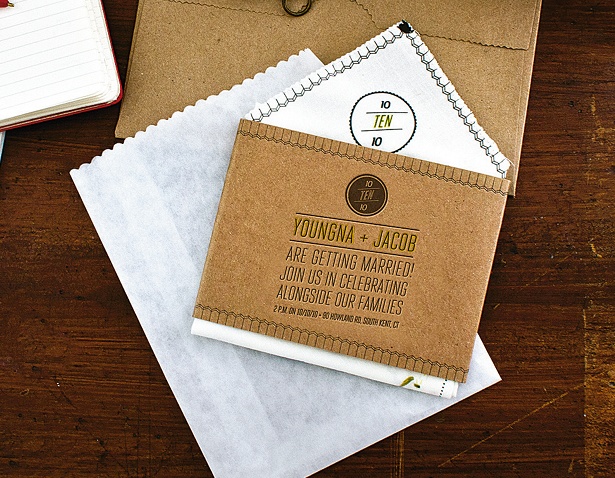
eTRS status
But it’s not just larger companies who can excel on eBay. Whatever size your operation, pivotal to maximising your profits is to gain Top Rated Seller (eTRS) status. eBay introduced eTRS in 2010 to reward sellers providing exemplary service and value. Benefits include fee discounts, priority customer support, increased exposure in search and greater credibility, not to mention a cool gold badge.
Granted, eTRS status is not always within every seller’s grasp and private or smaller sellers with a limited stock or inventory might initially consider the traditional auction route to chalk up feedback and experience. But to truly grow and compete on eBay, qualifying and maintaining your Top Rated badge is essential. In even the most niche categories, you’ll usually find at least one seller who’ll wear it proudly. eBay claims the eTRS badge affords qualifying sellers approximately 15 per cent more business. Personally, I’d say that’s a conservative estimate.
“Top Rated Seller Status is based around offering really high customer service,” explains Patrick Munden, eBay’s head of seller communications for Europe. “Research has shown consumers expect an even higher level of customer service online than off, so the bar has to be set really high in terms of whether an item is really as described, whether delivery is as quick as it could be, and so on.”
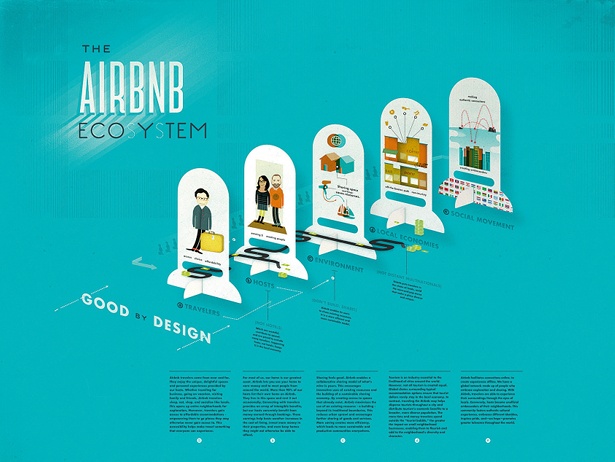
Some sellers have criticised eTRS’s exigent thresholds. To its credit, eBay has listened to these complaints and, in late 2011, made some small allowances. “We heard from sellers that certain events forced them to lose eTRS and that was damaging, so we created a buffer zone,” Munden explains. “If you have eTRS, we’ll help you out if you look like you’re going to lose it because of a small amount of feedback.” (Note, though, that not all demoted Top Rated sellers qualify for this grace period, and that prevention is better than cure.)
eBay also keeps a close eye on buyer feedback trends, says Munden. “We take buyer abuse really, really seriously,” he emphasises. “It’s something we don’t talk about all that much but behind the scenes we have a team actively seeking it out.”
Gold star service
Some sellers complain that eBay buyers are too rigorous and tough on them, arriving at the site with huge expectations. Fair enough, but if you’re serious about building your eBay empire, it pays to be assiduous and do your homework.
I know several firms who started out reasonably lax and complacent, incurred some negative feedback and low ratings, and realised something was awry in their operation. By observing signals from buyers, these issues were resolved off eBay, benefiting both the business as a whole and their eBay sales. If you’re truly customer-focused, you’ll look at every single piece of non-positive feedback, you’ll take a granular look at your detailed seller ratings and observe trends to see how you can improve your service even further.
Messages
Buyer communication is key. One of eBay’s most welcome tweaks to its Selling Manager Pro dashboard is an enhancement to My Messages, including the addition of search in messages. For smaller shops and sole traders, however, you may dabble with Gmail or Yahoo. Gmail’s labels can be fashioned to indicate alerts when a certain type of email is sent to help you identify the most urgent emails quickly – useful if it’s just you and you’re experiencing a glut of enquiries.
Communication also extends to the automated buyer messages eBay sends on your behalf. Early last year, eBay automated and streamlined buyer messaging, to minimise the excess emails buyers received, many of which might never be opened. This means less control over outgoing batch messages, such as order confirmations, and an annoying absence of personalised batch messages. But fortunately it’s still possible to contact buyers individually. It’s still worth going into Preferences and customising the wording of the new automated messages that eBay will now send on your behalf.
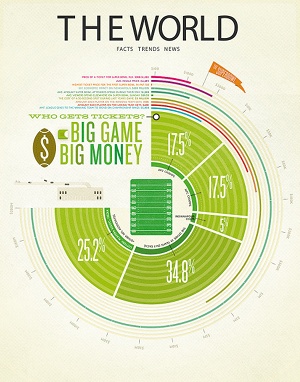
Overdelivering (and, if possible, underpromising) in all areas of your eBay communications will serve to help you chalk up good ratings, increase sales and keep your prized Top Rated status. But it’s not an overnight process. “You can’t just come on, put up a whole load of listings and expect everything to rosy,” says Munden. “You need a strategy, making sure you have right stock, at a competitive price; that you have the right shipping; and that your communications are all in place. We find that some sellers haven’t thought that through, especially in a multichannel environment. There’s real opportunity to sell in multichannel and the sellers that have grasped that are the ones that have grown on eBay.”
Daily design news, reviews, how-tos and more, as picked by the editors.
Account managers
Munden adds that eBay’s own customer service has radically improved, and I have to say this gels with my own experience, managing two shops that benefit from eBay’s exemplary account management. “We’ve increased our level of account managers for UK sellers quite significantly,” Munden says. “Based in Dublin, they’ve mushroomed over last 12 months, and so we have a lot of phone support for sellers who aren’t big brands.
“We can’t provide account managers for everybody,” he admits. “You have to hit a level and then you’re invited into the programme. For those who don’t have an account manager, we’ve brought in a programme called SellerSuccess, providing advice on getting high detailed seller ratings. Additionally, we now have customer support phone numbers for the vast majority of sellers where in the past we didn’t.” It pays to do your homework here, and it’s worth noting the SellerSphere videos are genuinely useful.
Best Match
Even the best customer service and the hottest items won’t serve you well if you’re not aware of the fundamentals of how your items are ranked and filed in search. Since 2008, Best Match has been the default method by which eBay displays listings in search, allowing it to arrange auctions in a different way to ‘Buy it Now’ fixed-price listings – because different factors are important for both formats. If you’re a seller, ask yourself: can you name the half-dozen criteria of what determines where your listing is displayed in search? Surprisingly, this is consistently the one area that’s least understood.
It’s all too easy to get into a comfort zone on eBay and it’s important to ask yourself: “What more can I do?” I’ve yet to see a seller who is doing all they can. Yes, time is precious, but it truly does pay to take stock every once in a while and see what else you could do, or risk being supplanted by rivals. Munden agrees. “There’s always going to be another person out there who’s thinking about how to get higher up on Best Match, how to get items quicker to buyers … the key is to think laterally.”
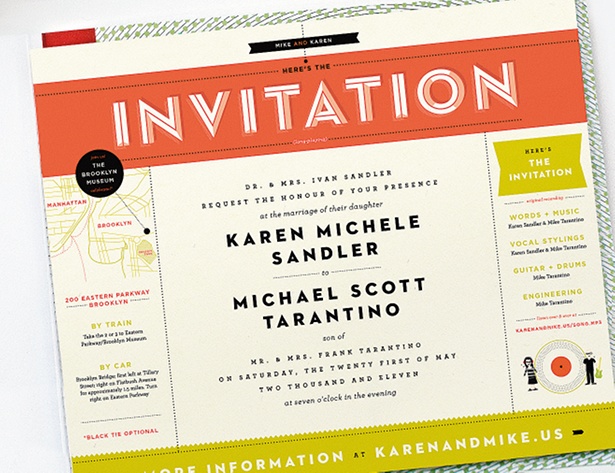
Mobile commerce
Mobile commerce is taking off, with the industry growing at a rate of 400 per cent year on year in the UK and an item being purchased globally every second using the eBay app. The UK has been the fastest adopter of m-commerce on eBay, with more Brits shopping through its mobile app than anywhere else in Europe. eBay mobile apps are available in more than 190 countries and eight languages. More than 20million people use their iPhones to shop using the eBay app. In 2010 global eBay sales via a mobile more than tripled, generating $2billion in sales (up from $600m in 2009), and this is set to hit $5billion in 2011.
“The main selling tools for us are the iPhone and iPad, but we’ve also seen huge growth in Android and other platforms, so mobile is going to be massive for us,” says Munden. To exploit the mobile market, remember that a picture speaks a thousand words. “Mobile buyers tend to buy at odd times and they’re often searching on their way to work and on their way home,” Munden explains. “So their purchasing patterns can be a little different to people working from home. It takes much less time to get their attention, so you need a really strong listing title, a clear, punchy description, and a very clear photograph, ideally on a white background. “If you just do those three things you’ve got a much higher potential to sell more, because mobile buyers tend to browse very quickly: in they go, have a quick look and purchase it.”
Catalogue
One of the biggest changes to eBay is the progression of select categories into product catalogues, particularly Electronics. Sellers listing in these categories list with a matching product from the catalogue when there’s a matching product available. “Buyers told us that when they search of a lot of electronic items, for instance, the search results just showed a lot of different products with various photos, and they wanted just one primary product photo,” Munden says. There are concerns, though. “Catalogue undoubtedly offers better buyer experience,” says Chris Dawson of TameBay.com, “but it’s not always a good experience for sellers because it’s immediately apparent if their products are not the cheapest. But cheapest is not necessarily the best, and service costs money whereas buyers tend to just see the headline rate and it’s harder to distinguish yourself based on service.”
There are also issues regarding product photos and specifics that may not suit each seller. Munden reassures: “We are not totally prescriptive. If there is a better photograph, for instance, they can use it. There has to be a way a seller can indicate to us if a catalogue listing can be incorrect, and provide mechanisms and we’re obviously going to have a much bigger increase in catalogue listings and we have to provide mechanisms to allow that.”

Keeping costs down
Key to making a profit on eBay is monitoring your fees and cost per sale. The general rise in fees last year has had a big impact on some sellers, and is just another reason to ensure you achieve the Top Rated Seller status, which means you earn a certain percentage discount off your final value fees.
Scour your invoice fee breakdown for expensive extras. For instance, subtitles can cost 90p per 30 days, which can be valuable if you want to emphasise a product’s USPs and increase brand awareness in the sea of listings, but can rack the cost up across several hundred listings. Another pricey extra is featured enhancements, which only Top Rated sellers can use. Consider only featuring items you’re extremely confident will sell, and only for seven days at first, as the 30-day featured enhancement can be very expensive. Don’t focus only on high-margin items, though. Those that may bring extra traffic into your store, and allow you to cross-promote and upsell other items, can be a great way of gaining extra visibility.
If stock allows, ensure you have multiple quantities of the item you’re selling, and if, for instance, your item has multi variations (eg, same SKU but different colours and sizes), ensure you’re using multi-variation listings, and avoid duplicate listings, which are now effectively prohibited. This will allow you to list just one listing with all combinations of the SKU, and the listing will benefit from a better sales score, which will help your Best Match visibility. You can use the recently lengthened character title character count, and the Item Specifics fields, to ensure your item is easily found.
If you set prices low, you may sell more but make little in the way of profit. However, set a higher price than your competitors, especially for a new item, and you may be wasting your time. Research is key here. Be sure to do a Completed Item search to gauge what’s sold and for how much, and use market research tools like Terapeak to drill down deeper, and identify buying patterns and how your competitors are fairing.
Like any marketplace, the going is tough on eBay. But if you equip yourself with the right know-how and a little time and investment, your eBay empire can still become a successful reality.
Words: Mark Buckingham
Mark Buckingham is a professional eBay specialist, training and advising sellers of all sizes - from small start-ups to established outlets. Visit his website Netseek for more details.

The Creative Bloq team is made up of a group of art and design enthusiasts, and has changed and evolved since Creative Bloq began back in 2012. The current website team consists of eight full-time members of staff: Editor Georgia Coggan, Deputy Editor Rosie Hilder, Ecommerce Editor Beren Neale, Senior News Editor Daniel Piper, Editor, Digital Art and 3D Ian Dean, Tech Reviews Editor Erlingur Einarsson, Ecommerce Writer Beth Nicholls and Staff Writer Natalie Fear, as well as a roster of freelancers from around the world. The ImagineFX magazine team also pitch in, ensuring that content from leading digital art publication ImagineFX is represented on Creative Bloq.
